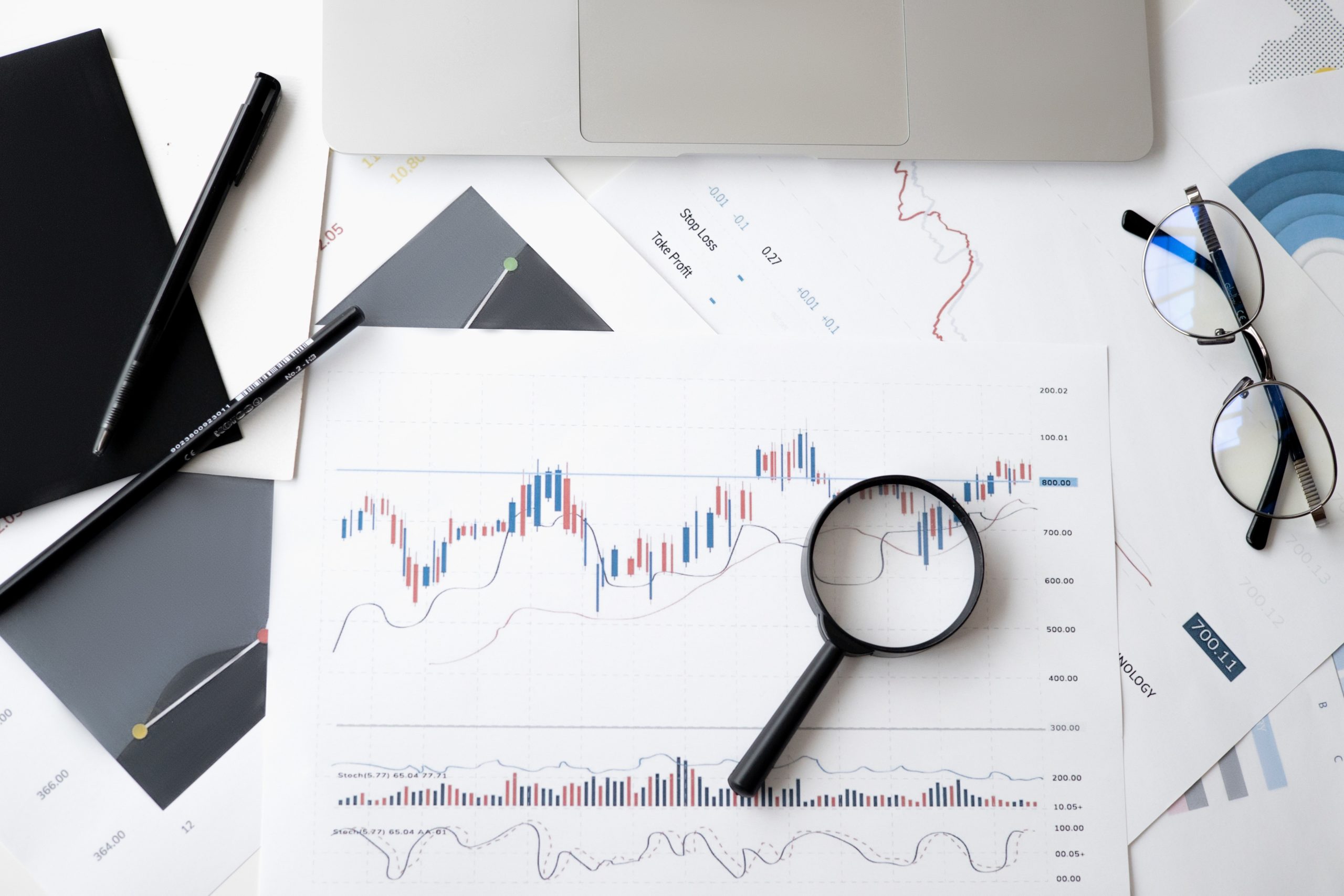Exchange-traded funds, or ETFs for short, are one of the best and cheapest investments you can make. Even Warren Buffett, who is arguably the greatest money managers of all time, is a big fan.
His advice for retail investors is to put their money into a low-cost S&P 500 ETF instead of picking individual stocks. Let’s take a closer look at why that is by going through all the basics of ETFs including what exactly they are, how to buy them, how they compare to stocks, and much more.
What is an ETF, anyway?
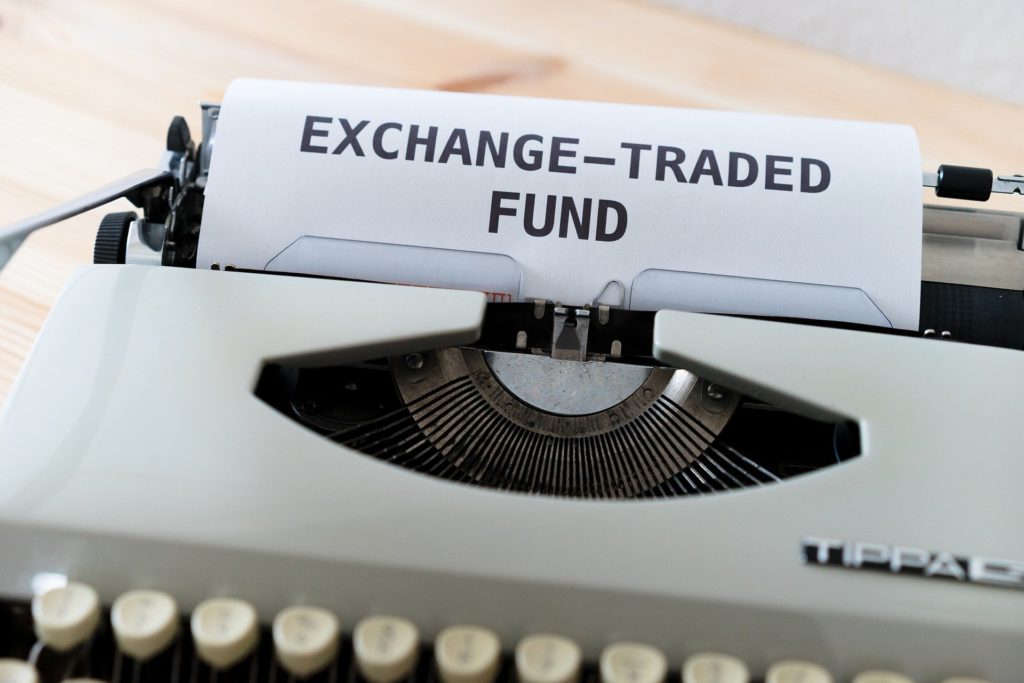
Here’s a common ETF definition: an exchange-traded fund is a basket of securities that typically follows an index — like the S&P 500 — and can be bought on a stock exchange just like any other stock.
Confused? Think of it like this: If you buy a Tesla stock, you invest in only one company. But if you buy an ETFs, like the SPY that follows the already mentioned S&P 500 index, you invest in all the 500 companies that make up the S&P 500 at once — which includes Tesla.
So instead of buying each of the 500 stocks individually, which is time-consuming and can be very expensive since you may encounter high trading fees, you buy one ETF and spread your money across all of the companies it holds.
ETFs are considered to be safer than stocks.
Investing in an ETF isn’t better or worse than buying individual stocks of a company. No one knows for sure in which direction the market will turn, meaning that Apple, Google, Tesla, or any other stock can give you a better return overall than an ETF (or vice versa).
The biggest difference between the two is the lower risk ETF investments offer because they are more diversified, meaning they spread your money across different stocks — more on this later. And that’s one of the biggest reasons why big names like Warren Buffett like them.
Types of ETFs you should know

There are a lot of ETFs available. To make it easier to sort through them, we can divide them into various categories. We’ve listed the most common ones below, just so that you get an idea of the different types available.
- Stock ETFs: These types of ETFs typically follow a broad market index like the S&P 500 and the Nasdaq 100 in the US, or the DAX in Europe. But they can also follow various sectors such as energy and can go even deeper by focusing on just clean energy. Today, there’s an ETF for just about everything.
- Commodity ETFs: Commodities include things like oil, gold, and silver, just to name a few. These types of ETFs are a great way to invest in precious metals and other commodities without physically owning them.
- Bond ETFs: These are one of the safest ETFs out there, but the lower risk also means a lower reward. Bond ETFs track an index of bonds and they usually provide you with income on a monthly basis instead of semi-annually due to the large amount of bonds they holds. But the income varies month to month, depending on which bonds in the ETF are paying out their coupon at that time.
- Currency ETFs: With a currency ETF, you can invest in a single currency or in a basket of different currencies at the same time. One of the reasons to buy an ETF like this is if you believe that your local currency will depreciate. This isn’t the most popular ETF type for retail investors, but it’s still worth mentioning it.
- Specialty ETFs: There are two specialty ETFs we want to mention. The first one is an inverse ETF, which is the equivalent of shorting stocks — making money when stocks go down instead of up. And then there are leveraged ETF, which can double or even triple your return by using leverage. So if you buy a leveraged S&P 500 ETF and the index goes up 2% in a given day, your return will be 4 percent if you’re using 2X leverage, or 6 percent if you’re using 3X leverage. Just keep in mind that this goes in the opposite direction as well, meaning that your losses also get multiplied.
This is just a general overview of all the different ETF types out there. There are more of them available, but most retail investors, especially the ones just getting started, tend to focus on stock and bond ETFs.
Active vs. passive ETFs
ETFs can also be divided into passive and active. Most ETFs are passive, which means they follow a certain index and allow you to invest your money in all the stocks that are part of that index.
An active ETF, on the other hand, holds a selection of stocks picked by a portfolio manager and aims to beat the average return of the market, which is represented by an index like the S&P 500. This can be more risky for an investor, but it can also provide a higher return.
Accumulating vs distributing ETFs
ETFs are also either accumulating or distributing. The difference between the two is that an accumulating ETF reinvests all of the dividends received, while a distributing ETF pays them out to investors. Which one is better depends on your wants and needs.
Accumulating ETFs provide a higher return in the long run.
A lot of long-term investors prefer accumulating ETFs because they provide a higher return over the long run. Investors also don’t have to worry about the taxes they would have to pay on the dividend received, as they are reinvested and not paid out.
We’re fans of accumulating ETFs here at PocketToro, although distributing ETFs also have their own fan base. If you want to receive a regular income from your investments in the form of dividends, distributing ETFs are a better option for you.
ETFs vs stocks: Which ones are best?
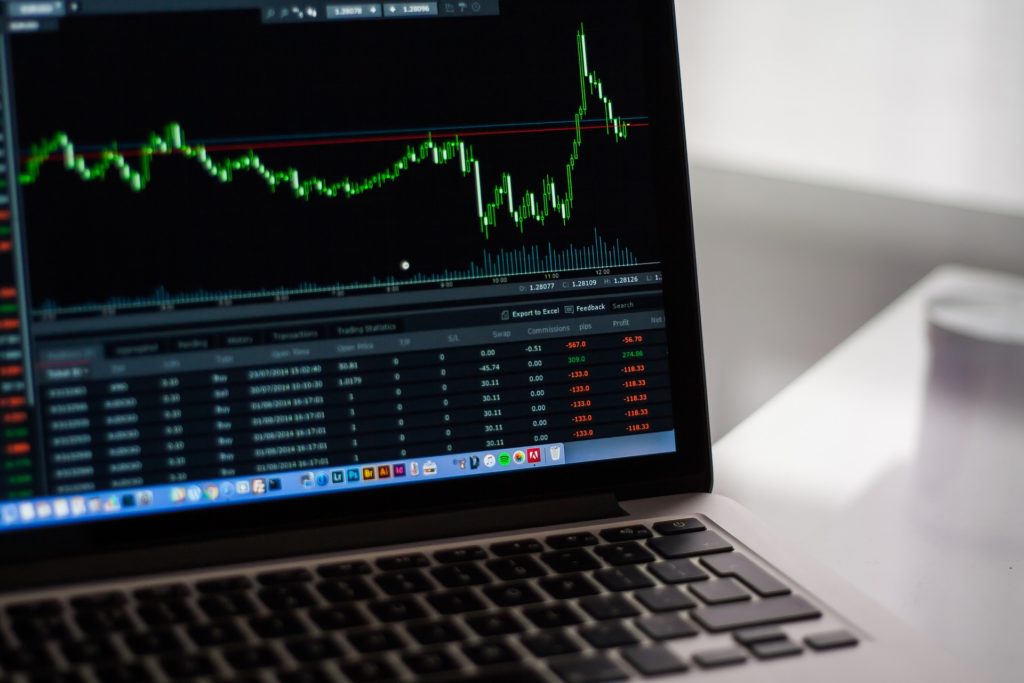
Buying an individual stock means you’re investing your money into just one company, whichever that may be. So the price of the stock and, therefore, your investment, is tied to the performance of that one specific company. The better the company does in the long term in terms of revenue, profit, and growth overall, the better off your investment will likely be.
Read next: Why do companies care about their stock prices?
An ETF, on the other hand, is best explained as a basket that holds a bunch of stocks from different companies. The number depends on the ETF, but it can go as high as a few thousand. An S&P 500 index, for example, allows you to invest your money in 500 of the biggest US companies at the same time. Therefore, your investment is tied to the performance of all the 500 companies combined.
Because an ETF allows you to diversify your money — spread it across hundreds or thousands of companies — it is considered less risky than investing in just one company. ETFs like the S&P 500 and the Nasdaq 100 have a proven track record of creating returns for their investors over the long run. Investing in a single company is a lot more tricky since you never know what goes on behind the curtain.
While stocks may be riskier, they can provide higher returns.
For example, Volkswagen’s stock dropped by around 45% in around two weeks back in September 2015 when the Dieselgate fiasco was revealed, which is something the vast majority of investors couldn’t predict. It took the stock a little more than two years to recover to the same price level.
On the other hand, the German DAX index that includes Volkswagen didn’t drop by nearly as much, since Volkswagen only represented a small percentage of the entire index. In the same time period, DAX lost about 5 percent. For reference, DAX contained 30 companies at the time, so an index Volkswagen was a part of that held thousands of companies dropped a lot less.
From that perspective, stocks are a lot riskier than ETFs. But on the other hand, they can also provide higher returns. For example, the return of the S&P 500 over the last decade is around 213%, while an investment in Apple over the same period would get you a return of approximately 775%.
A great stock has the potential to outperform a great ETF, but the problem is knowing which one to buy — there are thousands of stocks in the US alone.
Read next: The most expensive stocks in the US
Stock picking can also be more time-consuming than investing in ETFs, as it’s always smart to check the revenues, earnings, margins, and other data from the companies’ financial reports to see how they stack up against rivals, and to figure out whether or not the businesses are over or undervalued. Picking ETFs requires research as well, but it’s less demanding and time-consuming.
ETFs vs mutual funds: What’s the difference?
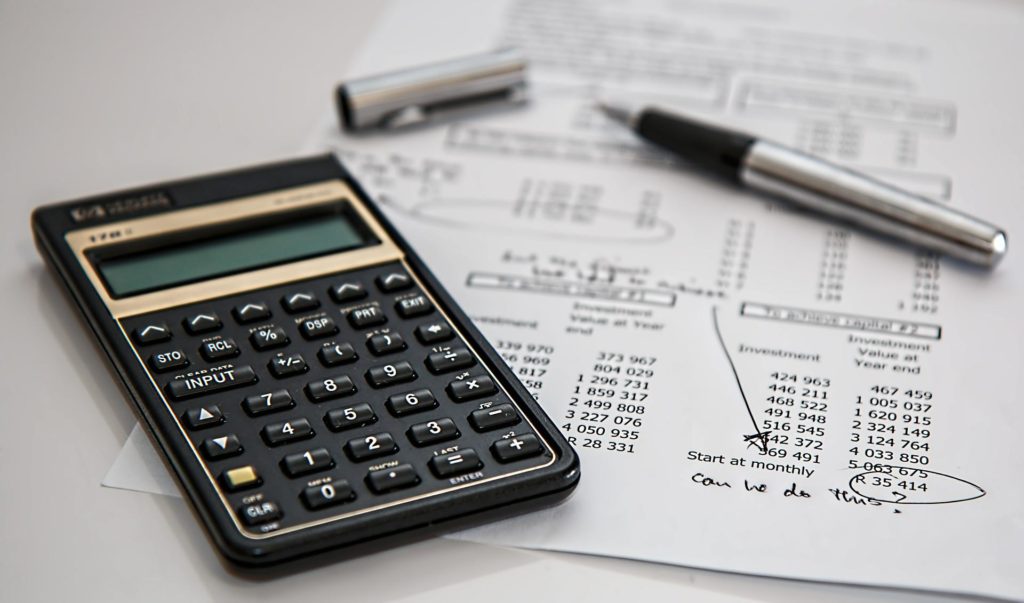
ETFs and mutual stocks are a lot more similar than ETFs and stocks. Just like ETFs, mutual funds allow you to diversify your money by investing in several companies at once. However, there are a lot of differences between ETFs and mutual funds that will dictate which are better for you.
The biggest difference is that ETFs can be traded whenever the stock market is open, just like stocks. That means you generally know the price you’ll get and can buy and sell ETFs whenever you feel like it.
Also read: What is an emergency fund and why you need it?
Mutual funds, on the other hand, can only be purchased at the end of each trading day. This means that each investor who buys it gets the same price on that day, but since the price goes up and down all the time, they don’t know exactly what that price will be.
Mutual funds are generally actively managed. With actively managed mutual funds, the fund managers select the stocks of the fund, which can either be a good or a bad thing depending on how good they are at stock picking.
Mutual funds are generally more expensive than ETFs.
All of this comes at a cost, though. Mutual funds have higher expenses than ETFs in most cases, especially those that are actively managed. There are all sorts of fees that investors have to pay, which can add up and lower your return.
Some mutual funds also require a minimum deposit, which can go up to a few thousand dollars. On the other hand, you can buy an ETFs for less than $100, making it a better choice for those with less cash available to invest.
We prefer ETFs here at PocketToro, but we have to point out that mutual funds have their advantages as well. There’s a variety of them to choose from by different providers, and since a lot of them are actively managed, there’s a chance for higher returns than with popular ETFs like the S&P 500.
Then there’s the support the mutual fund provider offers. If you don’t know anything about investing, fund managers can advise you on where to invest your money, how to diversify, and when to sell to maximize profit. With ETFs, those decisions are yours to make, and not everyone has enough knowledge to make them.
Mutual funds also make passive investing a breeze, as you can simply wire the money automatically to a mutual fund provider every month, which will then invest it on your behalf. You don’t even have to lift a finger.
ETFs expense ratios

An expense ratio is the cost you have to pay to own an ETF. Yes, in addition to any trading fees your broker may charge, you also have to pay a fee for each year you hold an ETF. The expense ratio is expressed as a percentage of your investment.
Also read: The best books on ETFs to get
To give you an example, an expense ratio of 0.2% means you’ll have to pay $2 per year for every $1,000 invested. The more money you invest, the more you’ll pay in fees. The expenses are deducted from your account automatically, so you don’t have to worry about them.
What’s a good ETF expense ratio?
On average, ETF expense ratios range from as low as 0.03% to as high as 1% for most exchange-traded funds, although there are some that are even more expensive. The more competition there is for a specific ETF, the lower the fees.
Read next: These are the best money management apps
Popular ETFs are usually relatively cheap. For example, the SPY ETF that tracks the S&P 500 index has an expense ratio of just 0.09%, meaning that you pay just $9 in fees per year if you have $10,000 invested. Investco’s QQQ ETF that follows the Nasdaq 100 index has an expense ratio of 0.2%, making it more expensive than SPY but still quite affordable overall.
Expenses ratios are listed next to each ETF and should be an important factor in determining which ETF to buy. What may seem like a small difference in fees at first can turn into a lot of money down the line. Choose wisely!
How to invest in ETFs
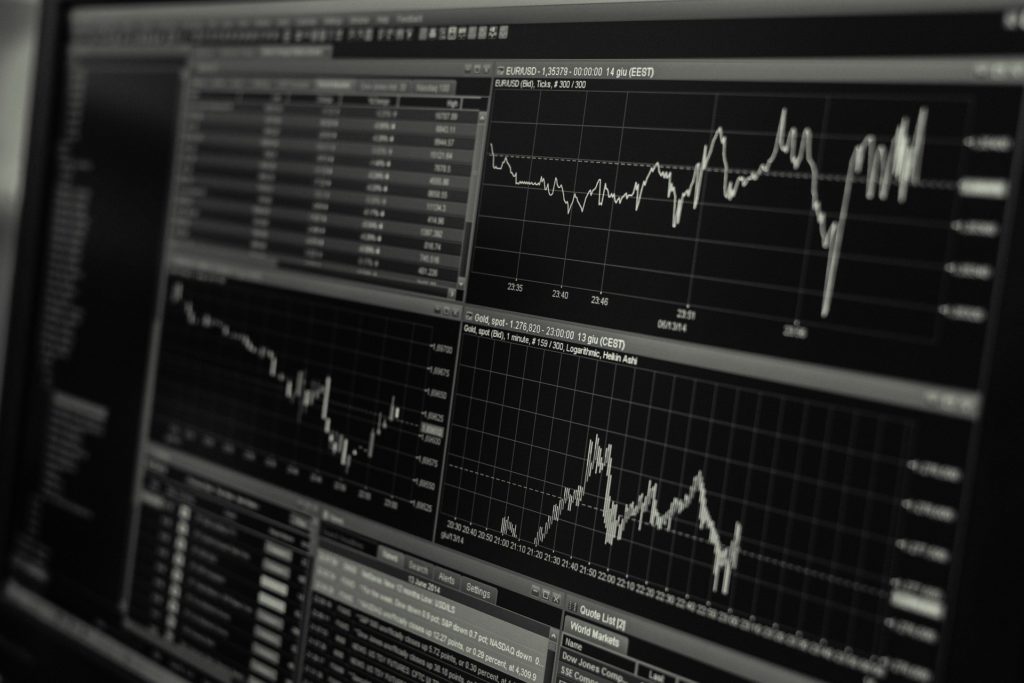
Buying and selling ETFs is not all that complicated. The best way to go about it is to open an account with a broker. There are a lot of them to choose from, but the one we recommend at PocketToro is Interactive Brokers.
The fees are low, the support is great, and the trading platform offers all the data you need. The mobile app leaves a lot to be desired, though, but I guess you can’t have everything. Interactive Brokers also doesn’t require a minimum deposit for opening an account, so you can get started with less than $100.
The important thing is just to get started.
Once you’ve set up your account, start doing research to figure out which ETFs you should buy. A great resource for this is etf.com, which lists all the ETFs available along with their expense ratios, rates of return, and other useful data. For European investors, the equivalent would be justetf.com.
Once you’ve made your pick, all there’s left to do is to log into your account and invest your money. The exact instructions on how to buy and sell depend on the broker/platform you use, but in any case, it’s just a matter of selecting the number of shares to get and then clicking the buy button. It’s not difficult, so don’t worry about this part too much.
How much money do I need to start investing?
You can start with less than $100 since Interactive Brokers doesn’t have a minimum deposit requirement. Just keep in mind that the more you invest, the more you can make — and lose. It’s hard if not impossible to make a lot of money with ETFs with just a few hundred dollars considering that the average return of the market is less than 10% per year.
For reference, 10% of $100 is only $10, and that won’t make you rich. But regardless, even if you only have $100 available to invest, we still suggest you go for it. It’s important to start, regardless of the investment you can make. You’ll be able to test out the trading platform and get a feel for the investment world. And once you have more money to play with, you’ll be able to invest it more wisely due to the experience you’ve gained.
Biggest ETF providers

There are a lot of ETF providers out there, so we won’t list all of them here. We’ll just focus on the five biggest ones based on the assets they have under management, as reported by Statista.
- BlackRock: The largest asset management company in the world offers ETFs under its well-known iShares brand. There are over 300 ETFs to choose from from all sorts of sectors.
- Vanguard: A well-known name in the world of investing, Vanguard slightly lags behind BlackRock in terms of the assets it manages, coming in at second place in this area. It has less ETFs on offer, but there are still more than 80 of them to choose from.
- State Street Global Advisors: While big, it manages around half as much in client assets as Vanguard. It does have a larger selection of ETFs, though, with more than a 100 to choose from.
- Investco: Coming in at number four, Investco has over 200 ETFs on offer, so there’s plenty to choose from.
- Charles Schwab: The last of the big five is Charles Schwab. The company only has around 25 ETFs to choose from, so it’s not the best choice for those looking for something more niche.
Keep in mind that a lot of these providers offer the same ETF in some cases. For example, all of the five mentioned offer their own version of an ETF that follows the S&P 500 index. So when selecting between them, make sure you check the expense ratio as well as the size of the fund. The bigger the size the better the liquidity, meaning you’ll be able to get in and out of a position without a problem. Also check which ETFs are accumulating and which ones are distributing and then go with the one that suits your needs best.
The biggest and most popular ETFs
The table below contains the 10 biggest ETFs by market cap, based on the data provided by Statista. By no surprise, the already mentioned SPY is number one, which is an ETF that follows the S&P 500 index.
| Name | Symbol | Market cap (in billions) |
|---|---|---|
| SPDR S&P 500 ETF Trust | SPY | $397.86 |
| iShares Core S&P 500 | IVV | $320.24 |
| Vanguard Total Stock Market ETF | VTI | $275.45 |
| Vanguard S&P 500 ETF | VOO | $258.77 |
| Invesco QQQ ETF | QQQ | $185.51 |
| Vanguard FTSE Developed Markets ETF | VEA | $105.07 |
| iShares Core MSCI EAFE ETF | IEFA | $101.65 |
| Vanguard Value ETF | VTV | $90.49 |
| iShares Core U.S. Aggregate Bond ETF | AGG | $87.85 |
| Vanguard FTSE Emerging Markets ETF | VWO | $81.05 |
Other ETF-related questions
Click on any of the questions below to see the answer.
Distributing ETFs pay dividends, while accumulating ETFs reinvest them. Make sure to check what type of an ETF you’re buying before you commit to it.
That’s impossible to say. The stock market returns less than 10% per year on average, so that’s something to aim at. Although the best ETFs can easily bring you a much higher return, you never know which ones they are.
Also keep in mind that you can lose money with ETFs, so don’t be under the impression that they only go up.
Yes, they are great for beginners. They are easy to understand and less risky than picking individual stocks.
The one that gives you the highest return. Unfortunately, no one knows which one that is, as predicting the market is impossible.
An ETF like SPY may not be the best in terms of annual returns, but it is the most popular one among retail investors and less risky than a lot of niche ones.
The best resource for finding ETFs is the website etf.com. If you’re based in Europe, we recommend using justetf.com.

